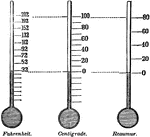
Domestic Refrigerator
A machine or apparatus employed to reduce temperature by chemical or mechanical means.

Bacteria Growth
"Showing the Effect of Variations in Temperature on Bacteria Growth. a, a single bacterium; b, its progeny…
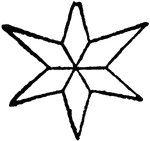
Snow Crystals
"Snow is water solidified in stellate crystals, variously modified, and floating in the atmosphere.…
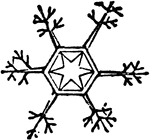
Snow Crystals
"Snow is water solidified in stellate crystals, variously modified, and floating in the atmosphere.…
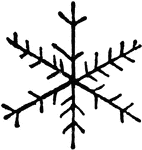
Snow Crystals
"Snow is water solidified in stellate crystals, variously modified, and floating in the atmosphere.…
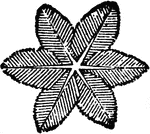
Snow Crystals
"Snow is water solidified in stellate crystals, variously modified, and floating in the atmosphere.…
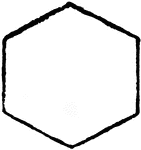
Snow Crystals
"Snow is water solidified in stellate crystals, variously modified, and floating in the atmosphere.…
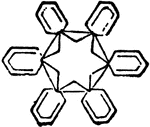
Snow Crystals
"Snow is water solidified in stellate crystals, variously modified, and floating in the atmosphere.…
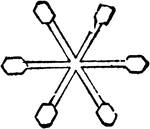
Snow Crystals
"Snow is water solidified in stellate crystals, variously modified, and floating in the atmosphere.…
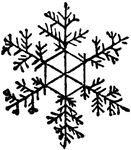
Snow Crystals
"Snow is water solidified in stellate crystals, variously modified, and floating in the atmosphere.…
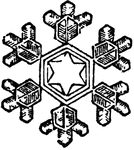
Snow Crystals
"Snow is water solidified in stellate crystals, variously modified, and floating in the atmosphere.…
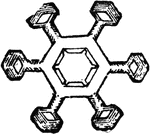
Snow Crystals
"Snow is water solidified in stellate crystals, variously modified, and floating in the atmosphere.…
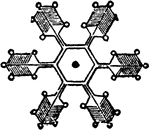
Snow Crystals
"Snow is water solidified in stellate crystals, variously modified, and floating in the atmosphere.…

Snow Crystals
"Snow is water solidified in stellate crystals, variously modified, and floating in the atmosphere.…

Snow Crystals
"Snow is water solidified in stellate crystals, variously modified, and floating in the atmosphere.…

Thermometer
An instrument for measuring temperature, founded on the principal that changes of temperature in bodies…

Heated Metal
This illustration shows a chemistry experiment where metal is heated to an extreme temperature.
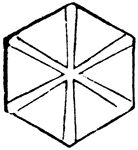
Snowflakes
A frozen moisture which falls from the atmosphere when the temperature is 32 degrees or lower. It is…

Snowflakes
A frozen moisture which falls from the atmosphere when the temperature is 32 degrees or lower. It is…
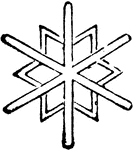
Snowflakes
A frozen moisture which falls from the atmosphere when the temperature is 32 degrees or lower. It is…

Snowflakes
A frozen moisture which falls from the atmosphere when the temperature is 32 degrees or lower. It is…
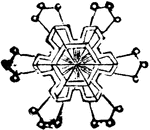
Snowflakes
A frozen moisture which falls from the atmosphere when the temperature is 32 degrees or lower. It is…

Snowflakes
A frozen moisture which falls from the atmosphere when the temperature is 32 degrees or lower. It is…
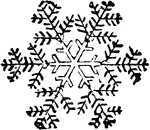
Snowflakes
A frozen moisture which falls from the atmosphere when the temperature is 32 degrees or lower. It is…
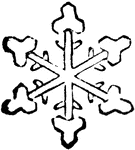
Snowflakes
A frozen moisture which falls from the atmosphere when the temperature is 32 degrees or lower. It is…

Snowflakes
A frozen moisture which falls from the atmosphere when the temperature is 32 degrees or lower. It is…
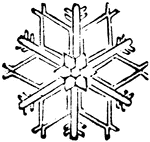
Snowflakes
A frozen moisture which falls from the atmosphere when the temperature is 32 degrees or lower. It is…
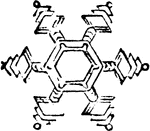
Snowflakes
A frozen moisture which falls from the atmosphere when the temperature is 32 degrees or lower. It is…
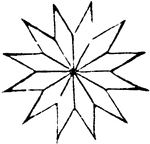
Snowflakes
A frozen moisture which falls from the atmosphere when the temperature is 32 degrees or lower. It is…
Barometer
"The barometer is simply a pressure gauge that registers the pressure of the air. In this case the cup…

Roman Baths
"The baths of Titus, the name of each part of the building is inscribed on it. The small dome inscribed…
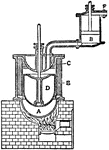
Stirling's Air Engine
"A form of air-engine which was invented in 1816 by the Rev. R. Stirling is of special interest as embodying…

Leslies Hygrometer
"Leslie's hygrometer, which is an adaptation of his differential thermometer, is formed by uniting two…

Expansion of Solids
"The expansion of solids by heat is clearly shown by the following experiment: m represents a ring of…

Regnaults Manometer
"AB is a strong metal tube, closed at the lower end, and carrying at the upper a bent pipe for admitting…

Thermometer Box
"Stevenson's louvre-boarded box for the thermometers, which is now very widely used for temperature…

Dust Storm
A storm composed of sand. It occurs when the air over the sand becomes hot, and rises. The differences…

Mathematical Climate Zones
These zones, which are separated by the parallels of latitude, are generally termed the astronomical…

Origin of Winds
Winds are masses of air in motion. They resemble the currents in the ocean, and result from the same…

Land and Sea Breezes
During the day the land near the coast becomes warmer than the sea. An ascending current, therefore,…
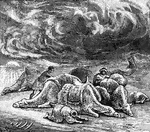
Sand Storm in the Desert
During the prevalence of the simoom, particles of fine sand are carried into the atmosphere and obscure…

Watkins's Factorial Calculator
An aluminum set of disks that correctly finds the time needed to develop photos in solution

Temperature Scales
Shows the differences between the Centigrade and absolute (Kelvin) temperature scales at the boiling…

Bunsen Burner
"...gas lighted above an iron gauze (a, Fig. 11) does not catch fire below the gauze because the heat…

Electric Furance
"The electric furnace is a device by which a very high temperature is obtained by using a large arc…

Testing for Tenacity
"Tenacity is that property of matter by virtue of which some bodies resist a force tending to pull their…
Fahrenheit and Celcius scale Thermometers
"Thermometers showing the corresponding points for water's freezing and boiling." -Avery 1895
!["For measuring the gas concentration, pressure and temperature, use may be made of an apparatus of the type shown [here]." —The Encyclopedia Britannica 1910](https://etc.usf.edu/clipart/36100/36102/app_gas_36102_mth.gif)
Apparatus for Measuring Gas Concentration Pressure and Temperature
"For measuring the gas concentration, pressure and temperature, use may be made of an apparatus of the…
Thermometer
"A bulb of liquid is placed in the base of the glass graduated tube. As temperature increases, the volume…
Differential Thermometer
"Used to compare the temperature between two environments. As the temperature in one bulb increases,…

Pyrometer
"As temperature elevates, the metal bar being tested expands accordingly and the dial measures the expansive…

Fahrenheit and Centigrade Thermometers with Boiling and Freezing Labeled
An illustration of thermometers in Fahrenheit and centigrade/Celsius with freezing and boiling labeled.
